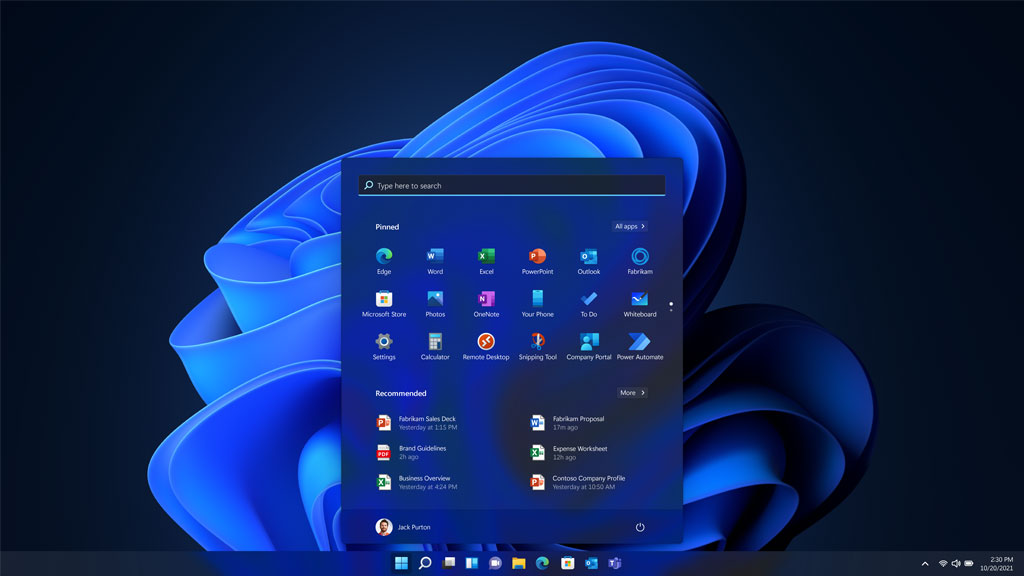
There’s plenty you can do with it, but we’re going to focus only on killing unnecessary programs that run at startup.Ĭlick the Startup tab. The Task Manager will then appear in all of its full-tabbed glory. If the Task Manager launches as a compact app with no tabs, click “More details” at the bottom of your screen. Start by launching the Task Manager: Press Ctrl-Shift-Esc or right-click the lower-right corner of your screen and select Task Manager. Stop them from running, and your PC will run more smoothly. One reason your Windows 10 PC may feel sluggish is you’ve got too many programs running in the background - programs that you may never use, or only rarely. Preston Gralla/IDGĬhange your power settings in Control Panel to give your PC a performance boost. Desktop users have no reason to choose power saver, and even laptop users should consider the balanced option when unplugged - and high-performance when connected to a power source. High-performance gives you the most oomph but uses the most power balanced finds a median between power use and better performance and power saver does everything it can to give you as much battery life as possible. To change your power setting, simply choose the one you want, then exit Control Panel. (Depending on your make and model, you might see other plans here as well, including some branded by the manufacturer.) To see the high-performance setting, click the down arrow next to Show Additional Plans. You’ll typically see two options: balanced (recommended) and power saver. To do it, launch Control Panel, then select Hardware and Sound > Power Options.

(Even desktop PCs typically have a power-saver plan.) Changing your power plan from power saver to high-performance or balanced will give you an instant performance boost. That plan reduces your PC’s performance in order to save energy. If you’re using Windows 10’s power-saver plan, you’re slowing down your PC. Follow these tips to speed up Windows 10. But there’s no need to upgrade to a new PC. No matter how fast your PC runs Windows 10, you want to run it faster. Within minutes, you’ll be gleefully asking the operating system, “Who’s your daddy?” Speed up Windows 10 Whether you want to speed up the way Windows 10 works, fix its biggest headaches, protect your privacy, teach Cortana new tricks, or more, this article has what you need.

Tired of Windows 10 bossing you around? Want to master it instead of it letting it be the master of you? If so, you’re in luck, because I’ve got plenty of tips to help you get the most out of it.


 0 kommentar(er)
0 kommentar(er)
